
Belonging Basics
A Free Video Series
Part training, part podcast, and all heart. With videos, tools, and reflection activities, Belonging Basics helps teachers and care providers of children 2 years old through 3rd grade explore inclusion and belonging in early childhood. It’s not everything there is to know, but it’s a good place to start.
Getting Started with Belonging Basics
-
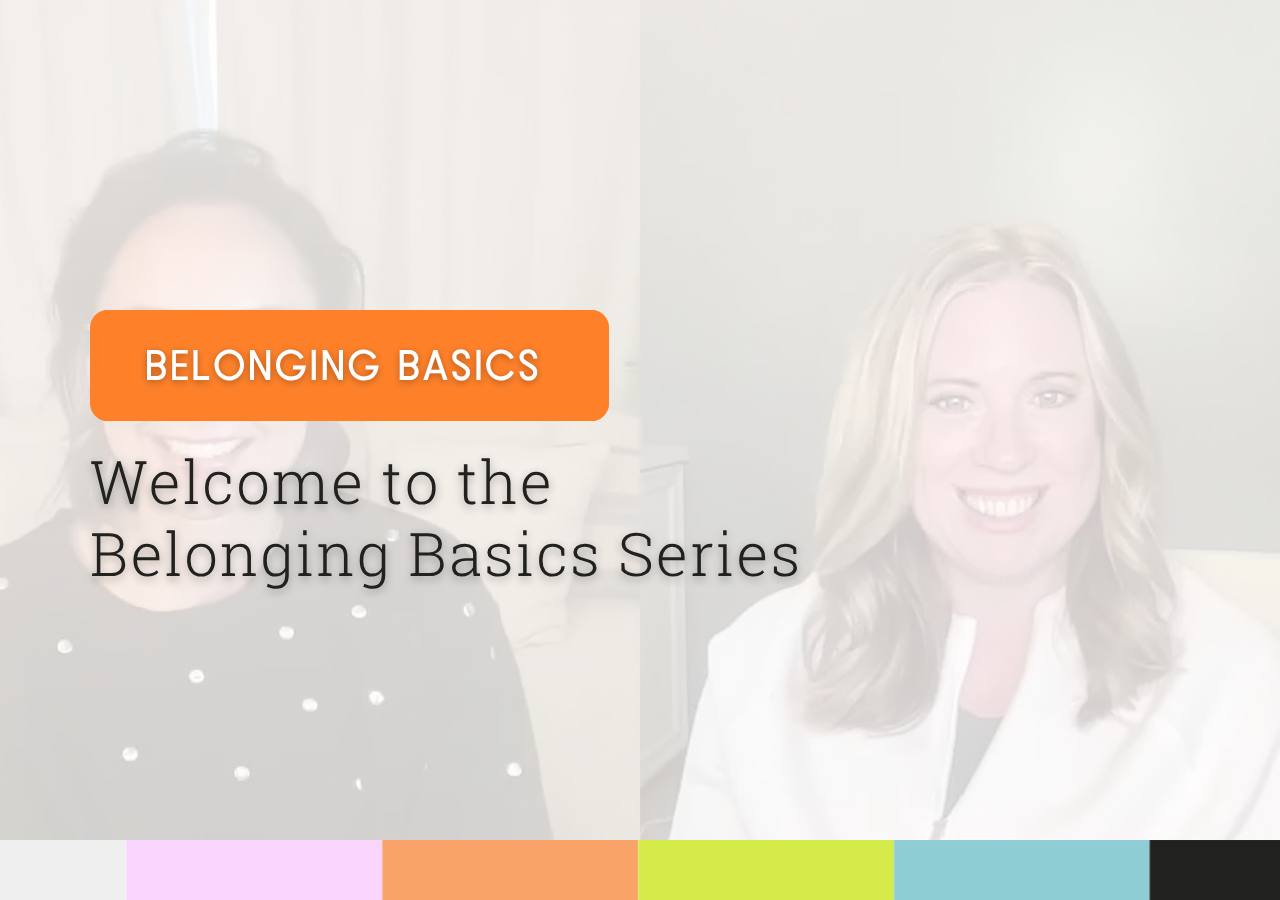
Welcome to the Belonging Basic Series (16 minutes)
Meet Jackie and Sally, your hosts for the Belonging Basics series. In this short intro, they share a bit about who they are, what brought them to this work, and what you can look forward to as we learn together.
-
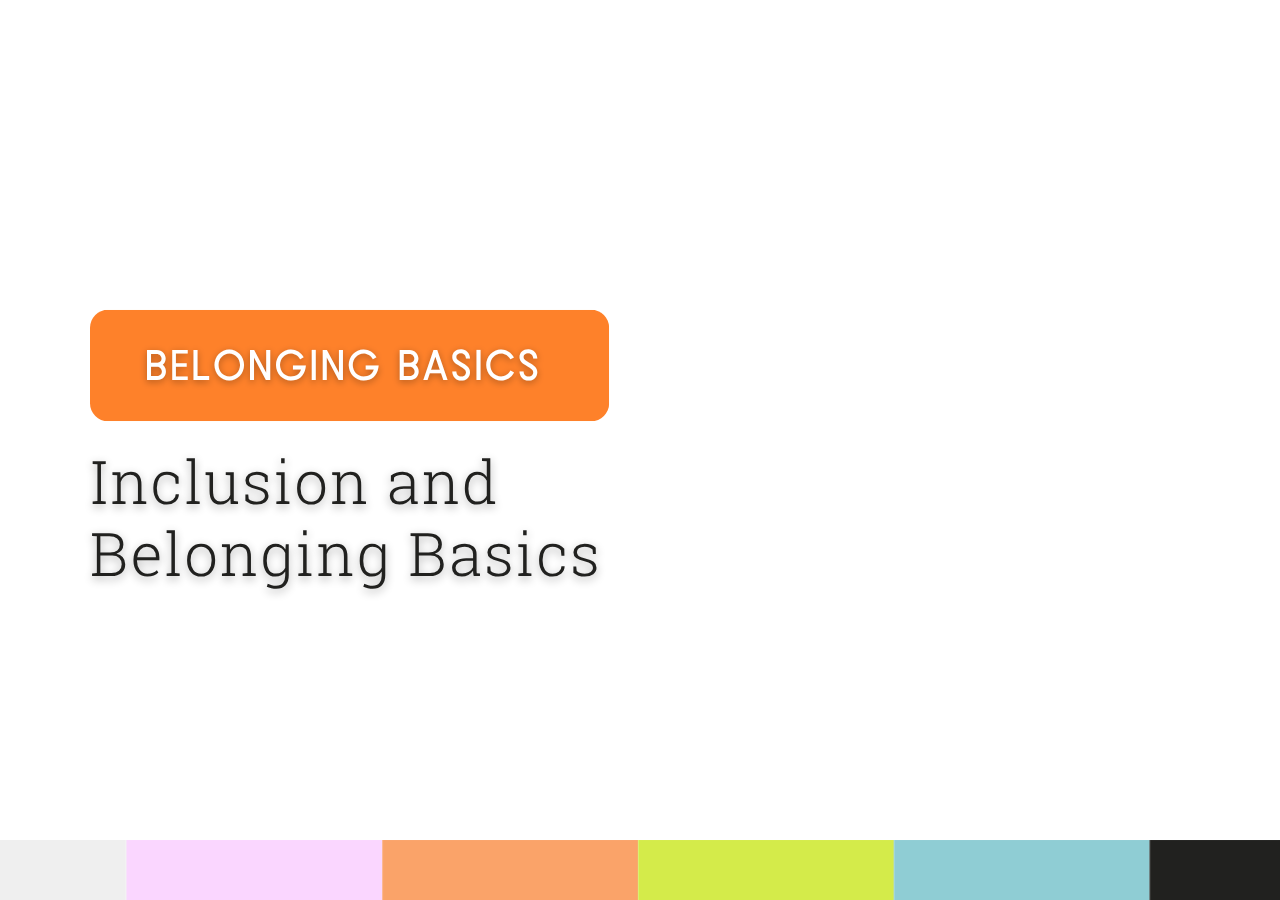
Toward Inclusion and Belonging (29 minutes)
Why are we talking about belonging? Because it’s where everything starts. In this video, we’ll explore what belonging means in early childhood and early elementary and why it’s the foundation for connection, community, and learning. Click here for the activity guide.
Creating a Caring Community
-
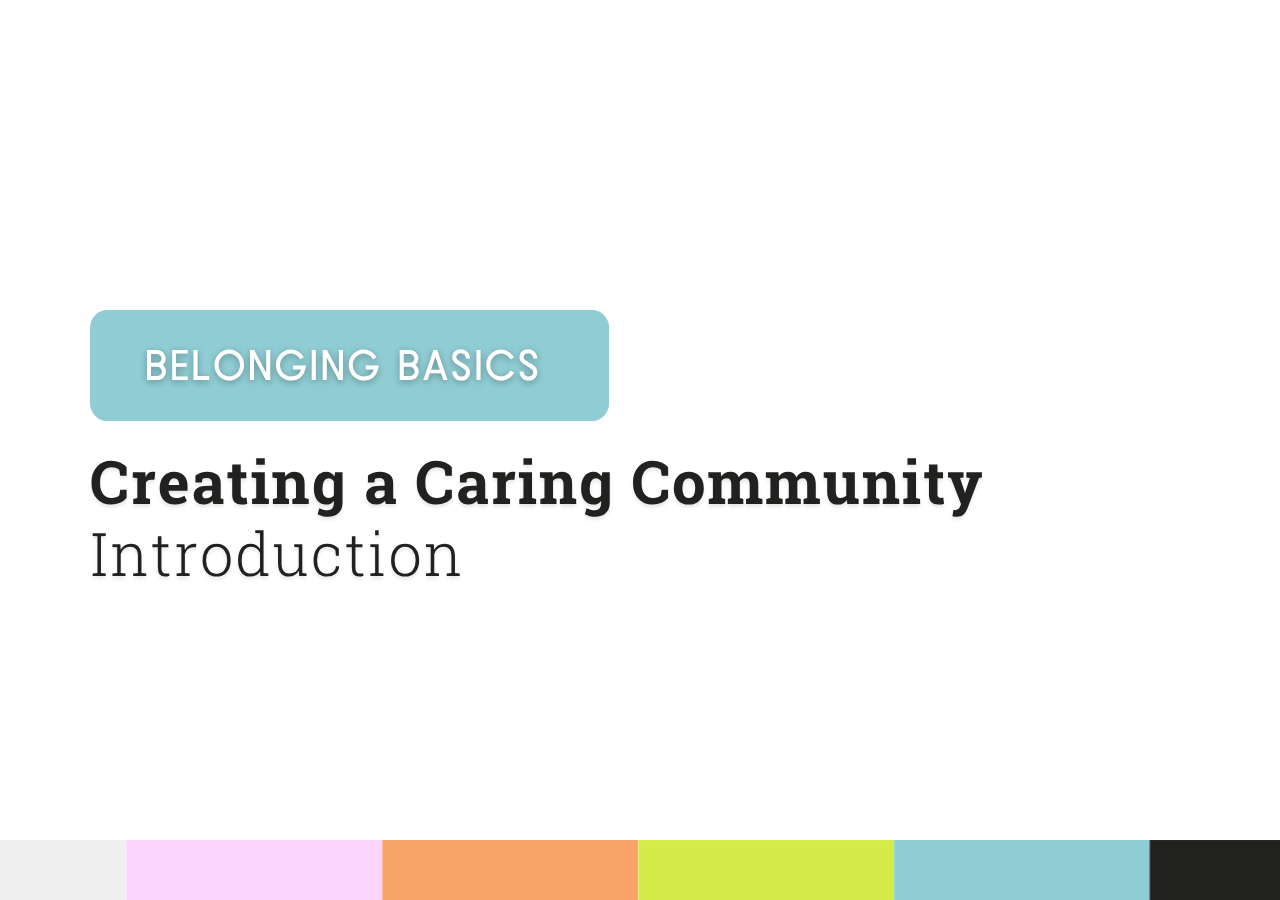
Creating a Caring Community (13 minutes)
Caring communities are where belonging begins. In this video, we talk about what it means to create caring communities with children, families, and your team. We also share practical ideas and resources to help you get started. Click here for the Activity Guide.
-

Supportive, Welcoming Environments (26 minutes)
Every space tells a story about who belongs. In this video, we share ideas and examples for creating environments that feel welcoming, supportive, and designed with every child in mind. Click here for the Activity Guide.
-

Community Agreements (32 minutes)
Community agreements help everyone (children, families, and teams) know what it means to care for one another. In this video, we share ways to create these agreements so everyone can learn and grow in ways that work for them. Click here for the Activity Guide.
-
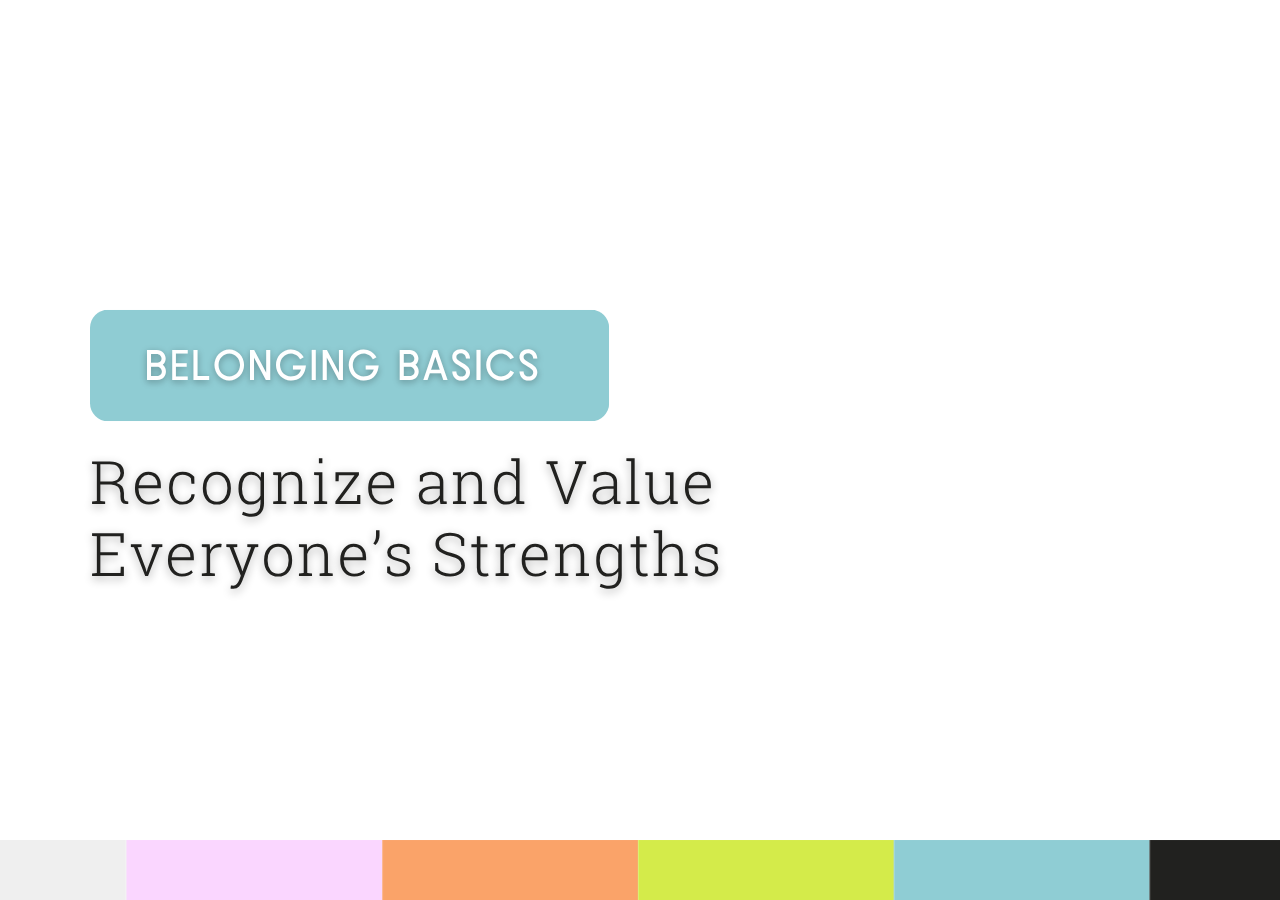
Recognize and Value Everyone's Strengths (25 minutes)
Are you wondering how to help children understand differences in their peers learning styles, support needs, or adapted devices? As we create caring communities, where every child belongs, it Is important to focus on the strengths and unique ways that every child, family and adult make our community better. In this video, we discuss 4 ways to help children recognize and value each person in our community. Click here for the Activity Guide.
-
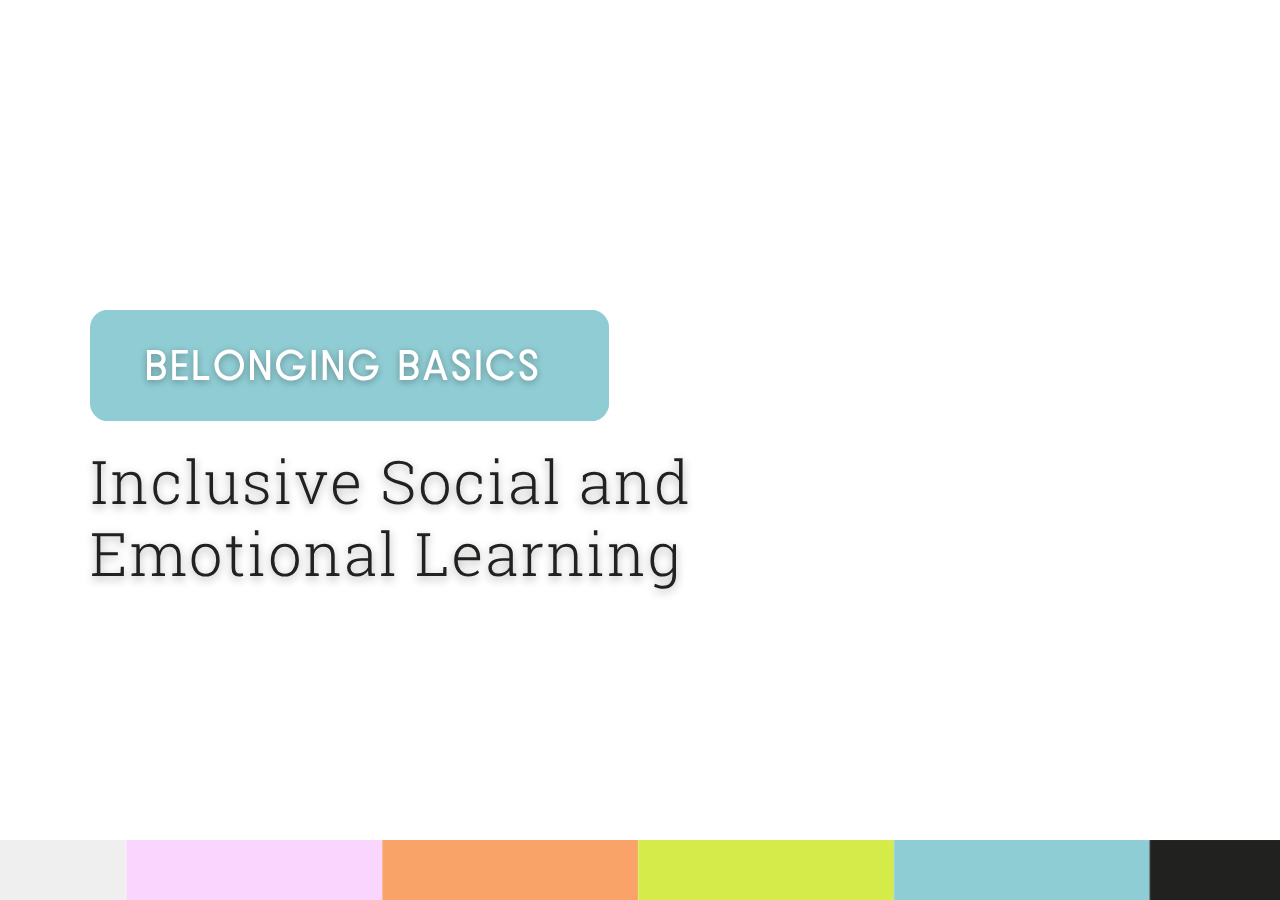
Inclusive Social and Emotional Learning (32 minutes)
In this video, we share ideas to focus on belonging while supporting children's social and emotional learning. This slight shift in perspective allows teaching teams to build on what they are already doing, and to create experiences of belonging by presuming competence, offering meaningful choice, honoring for communication preferences and styles, all while prioritizing connection. Click here for the Activity Guide.
Belonging-Based Routines
-

Introduction to Belonging-Based Routines (Coming Soon!)
-
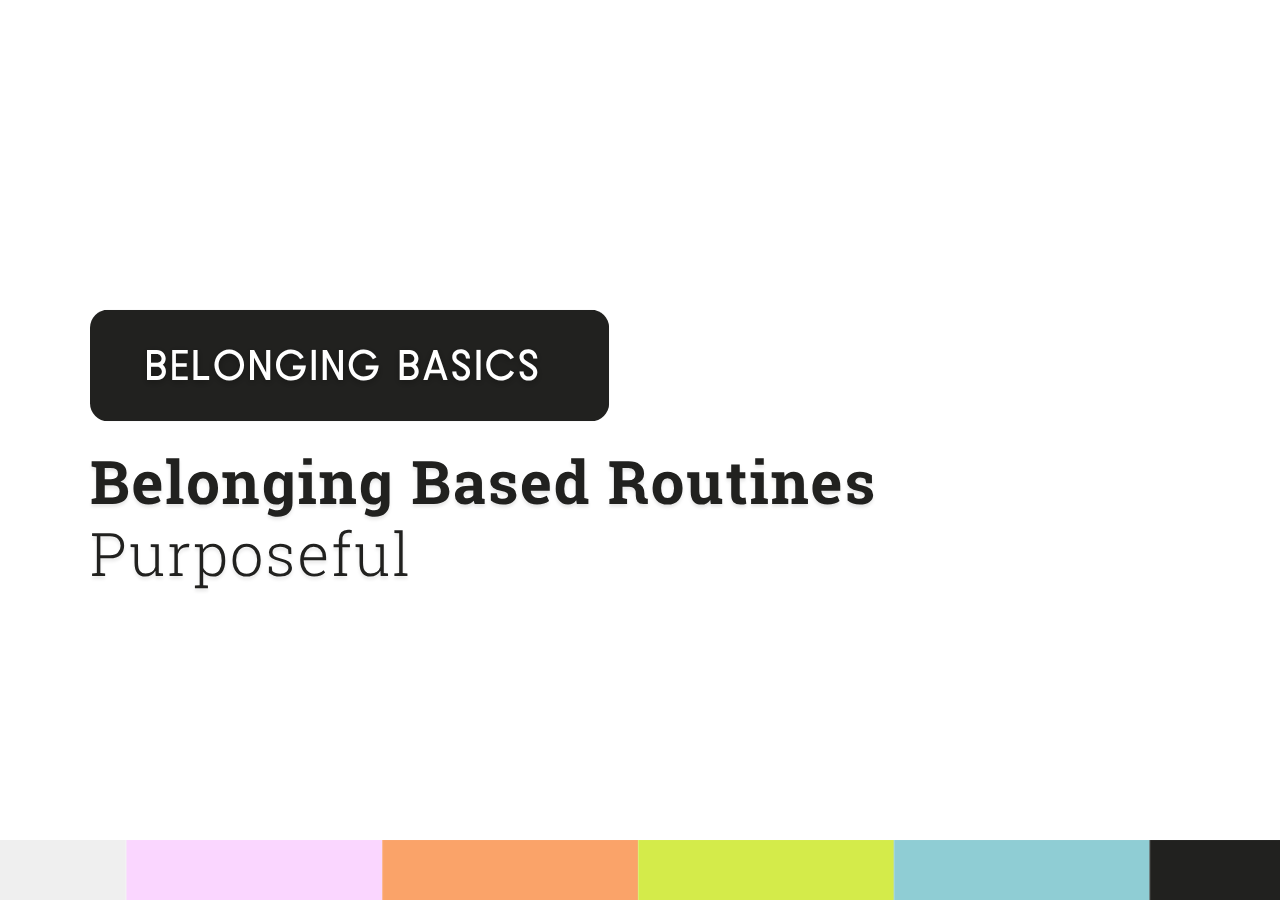
Purposeful Belonging-Based Routines (Coming Soon!)
-
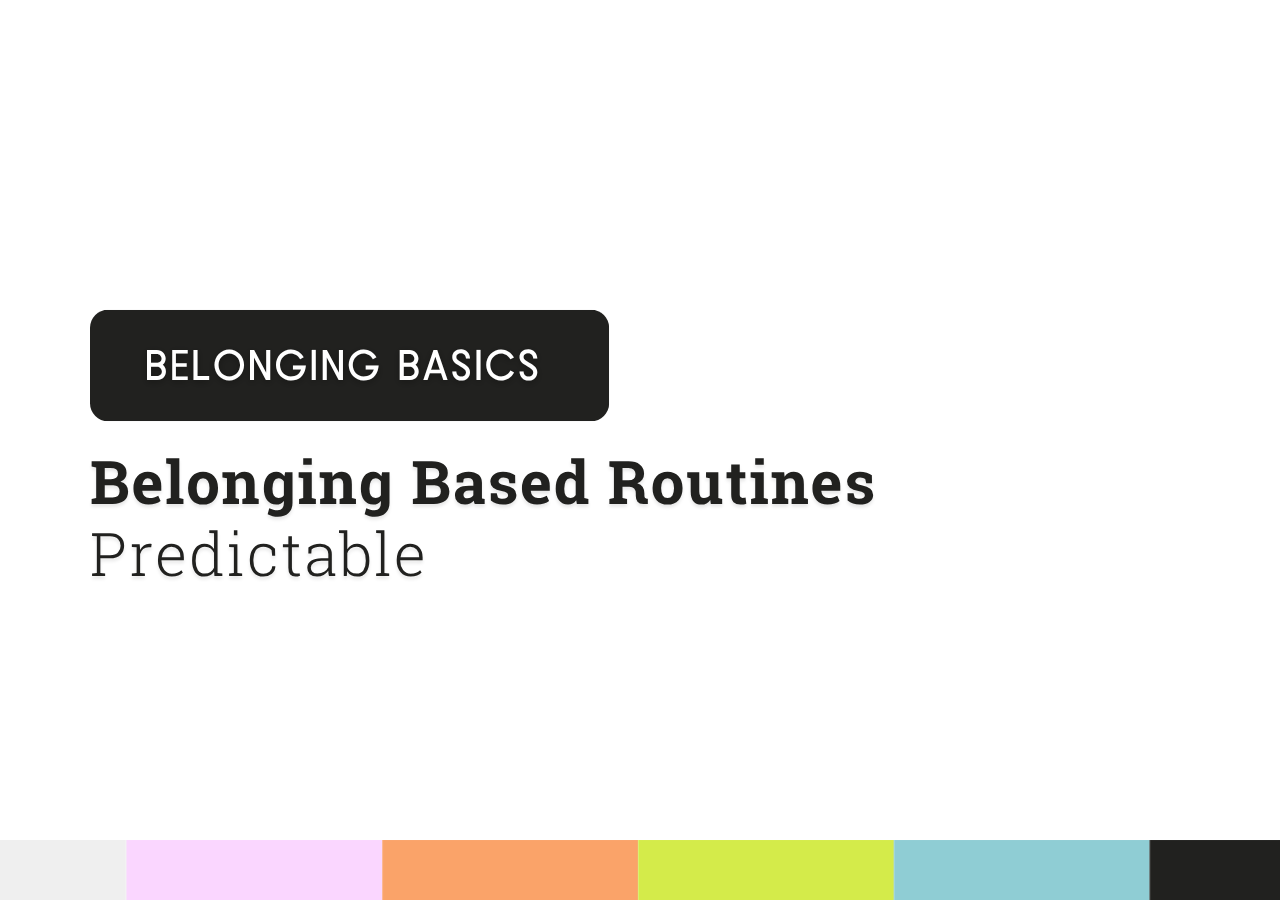
Predictable Belonging-Based Routines (Coming Soon!)
-

Person-Centered & Playful Belonging-Based Routines (Coming Soon!)
Stay Connected
Subscribe on Substack for updates, stories, and practical ideas you can use to build belonging.
Thank you to Rocky Mountain Human Services in Denver, Colorado for their commitment to inclusion and for funding this video series in partnership with our team at the University of Denver.
